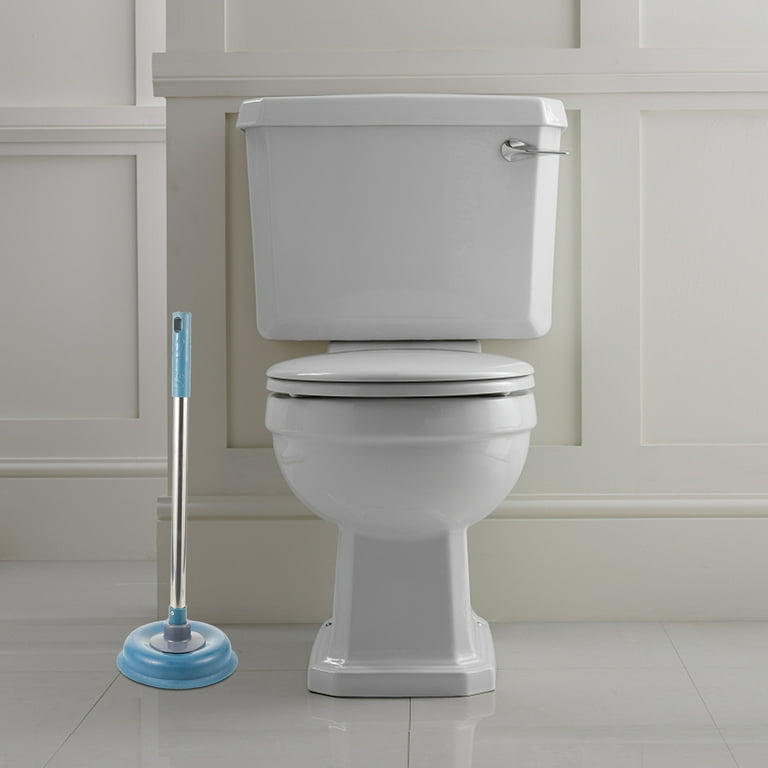Efficient Plungers and Drain Cleaner Methods: Key Practices
Efficient Plungers and Drain Cleaner Methods: Key Practices
Blog Article
Listed here on the next paragraphs you can locate a good deal of brilliant details all about A Guide to Plungers (and How to Use Them).

Intro
Proper upkeep of family drains pipes is vital for preventing blockages and making certain smooth water flow. One of the secret devices in every homeowner's toolkit is the plunger, together with various drain cleaners created to take on persistent clogs efficiently. This short article checks out exactly how to utilize plungers and drain cleaners efficiently to keep your drains flowing freely.
Area 1: Recognizing Bettors
Kinds of Plungers
There are a number of types of plungers readily available, each made for various types of drains and obstructs. The most common kinds include cup bettors, flange plungers, and accordion bettors.
Exactly How Plungers Work
Bettors deal with the concept of producing pressure and suction to remove clogs. When effectively applied over a drainpipe, they create a vacuum that can take out particles or separate blockages.
Choosing the Right Bettor
Picking the ideal plunger relies on the sort of drain and the nature of the clog. Mug plungers are excellent for sinks and tubs, while flange plungers are much better matched for commodes due to their style.
Typical Blunders with Bettors
Staying clear of these mistakes makes sure efficient plunging: inappropriate seal around the drainpipe, not enough pressure, and unclear bordering debris.
Section 2: Utilizing Plungers Efficiently
Preparation
Before diving, make certain the bettor covers the drain completely and forms a limited seal. Clear any kind of visible debris around the drainpipe opening.
Method
Start with mild plunging motions to build suction. Boost pressure gradually, using a stable rhythm. Repeat as required until the drain clears.
Repairing Tips
If plunging does not work, attempt readjusting the seal, using oil jelly for a much better seal, or using a different sort of plunger.
Area 3: Comprehending Drainpipe Cleaners
Kinds Of Drainpipe Cleaners
Drain cleansers can be chemical or chemical. Chemical cleaners use strong chemicals to liquify obstructions, while chemical cleaners make use of all-natural enzymes to break down organic matter.
How Drain Cleansers Work
Chemical cleansers react with blockages to liquify them, while enzymatic cleansers break down natural materials like hair and grease without damaging pipes.
Security Factors to consider
Always wear handwear covers and eye protection when making use of chemical drain cleansers. Make certain appropriate ventilation and comply with manufacturer directions thoroughly.
Eco-Friendly Alternatives
Consider utilizing vinegar and cooking soda or enzyme-based cleaners for eco-friendly choices that are more secure for pipes and the atmosphere.
Area 4: Making Use Of Drain Cleansers Properly
Application Techniques
Pour chemical cleaners directly into the drainpipe opening. Permit them to benefit the recommended time before flushing with hot water. Enzymatic cleaners ought to sit over night.
Preventative measures
Avoid blending different sorts of cleansers, as this can produce toxic fumes. Never ever make use of chemical cleansers in conjunction with a bettor, as spilling can take place.
Handling Persistent Obstructions
For relentless blockages, think about making use of a plumbing serpent or calling an expert plumbing professional to prevent damages to pipelines.
Verdict
To conclude, recognizing just how to utilize plungers and drain cleansers successfully is important for maintaining healthy plumbing systems. By choosing the right tools and techniques, property owners can tackle minor clogs and prevent significant pipes problems down the line.
4 DIY Ways to Unclog Drains
Wire Hanger
This age-old technique has been used by many an amateur plumber – to much success. Take any wire hanger, deconstruct its shape and leave a small hook shape on the end. Time to go fishing! Remove the shower or sink drain cover and snake the wire into the drain, wiggling and rotating it as you push it through. Dispose of the gunk that you remove and flush the drain with hot water. Rinse with a pan of boiling water for best results.
Plunger
Creating a suction in your drain can break up clogs caused by hair and soap residue build up. First, make sure you are using the correct type of plunger, one specifically for sinks or tubs. They are typically smaller than regular toilet plungers and often have a shallow suction cup. Regular plungers can work too but we’d recommend cleaning them first and finding a way to create better suction over the drain.
Baking Soda and Vinegar
This technique is a classic – and one of the most popular DIY drain unclog methods. Pour one cup of baking soda and one cup of vinegar down the drain and allow it to work its magic overnight. The next morning, flush the drain with boiling water. Repeat if necessary.
Drain Snake/Hair Clog Tool
If you know your clog is caused primary by hair, a drain snake/hair clog tool might be your best option. These tools can be purchased for under $10 at any hardware store and work well so long as the clog isn’t too deep in the drain.
https://www.callcatons.com/blog/four-diy-ways-to-unclog-drains/

As an avid reader about How to Unclog Your Sink with a Plunger, I think sharing that excerpt was worth the trouble. For those who enjoyed our blog post kindly don't forget to share it. Many thanks for going through it.
Call Today Report this page